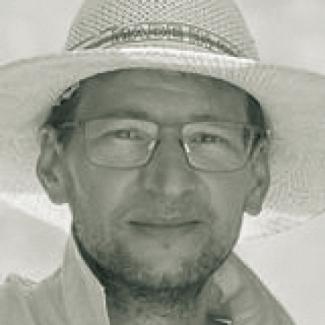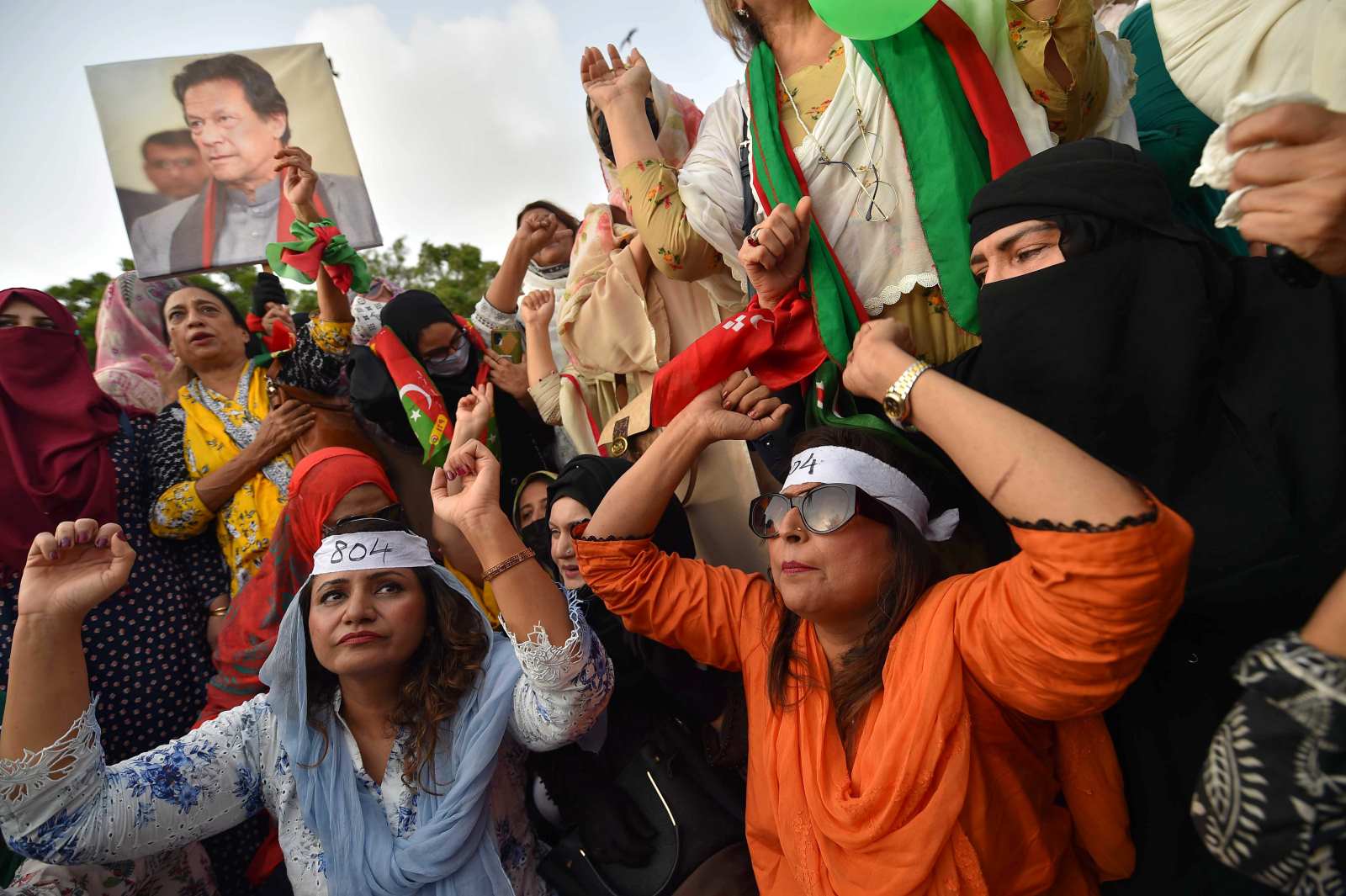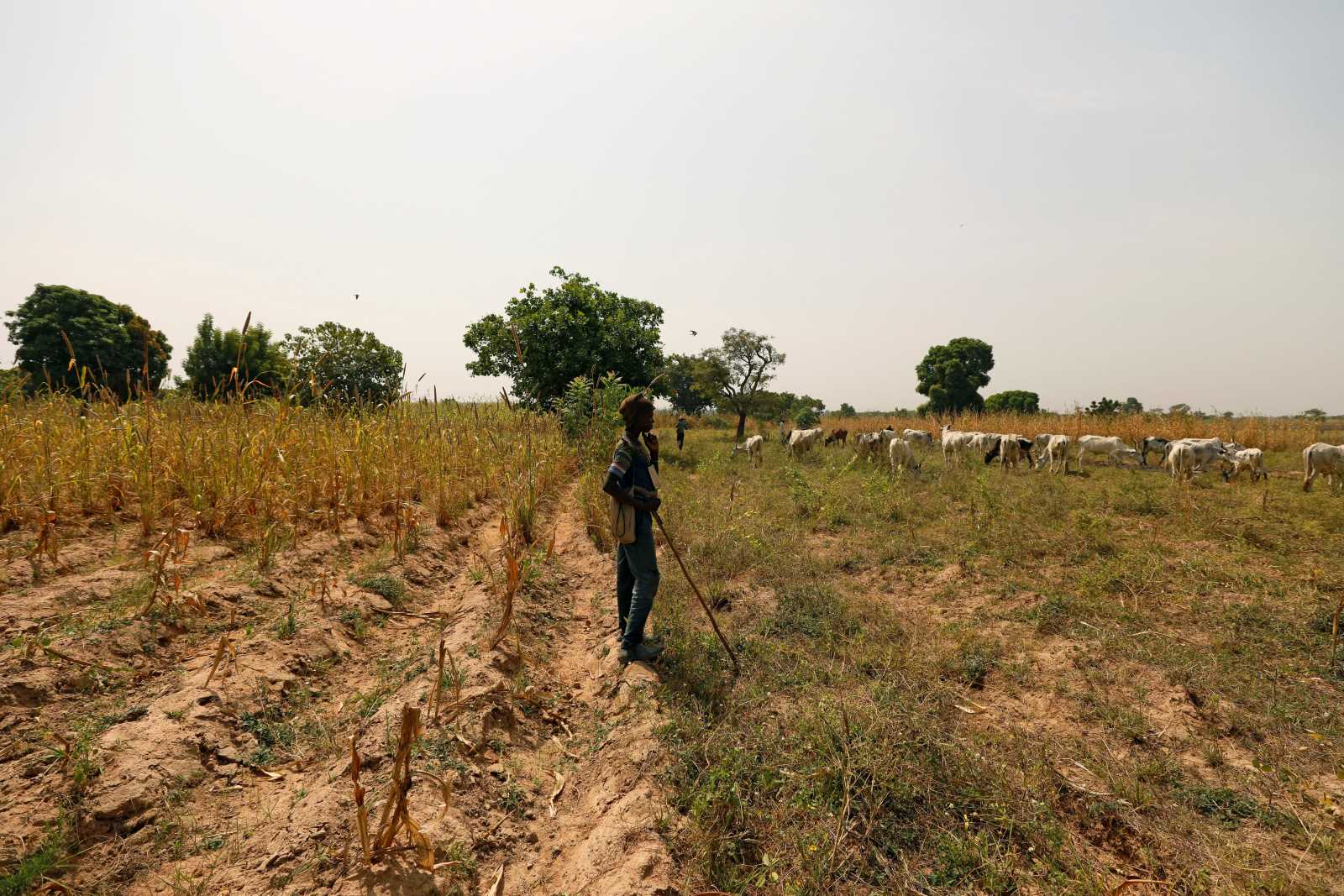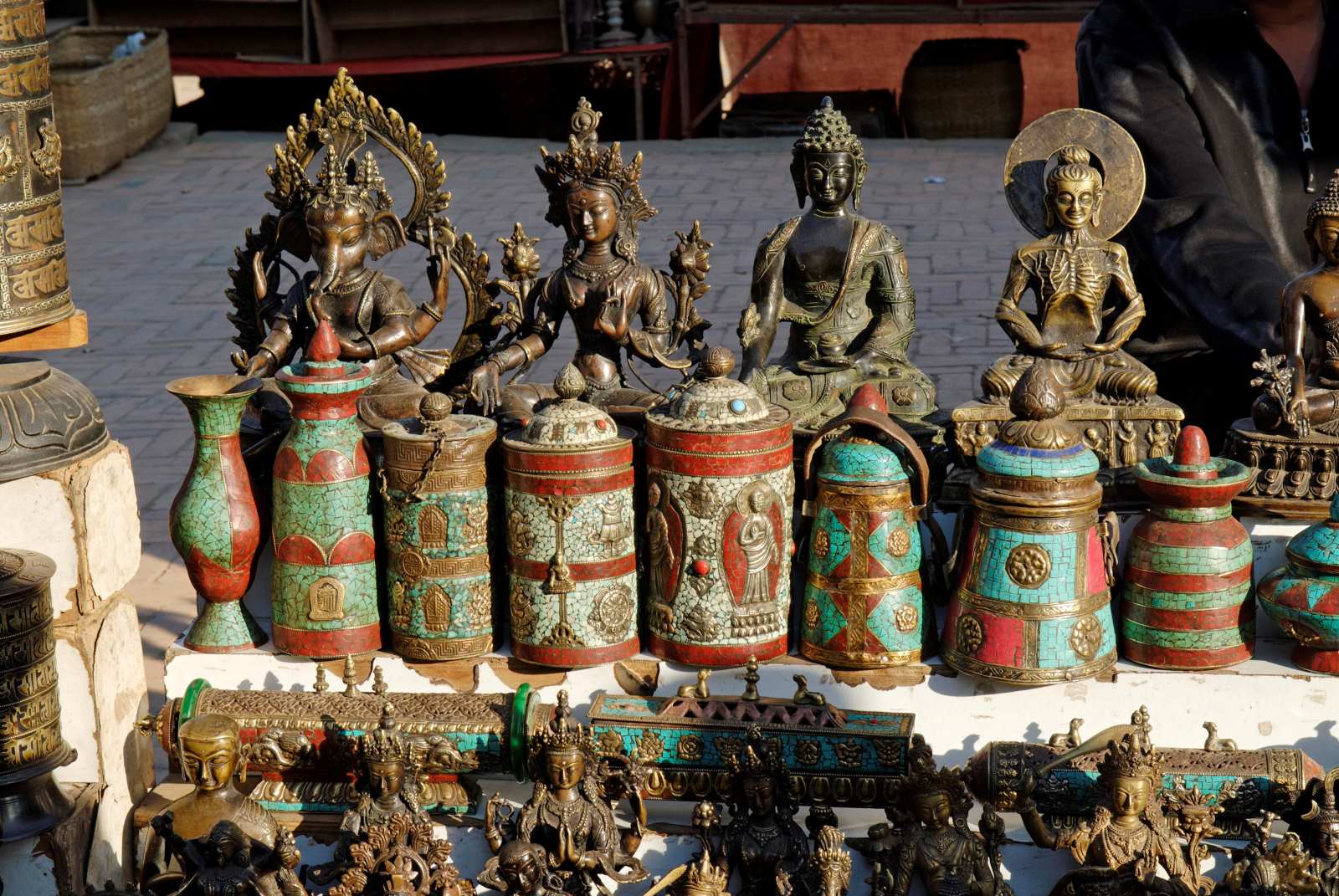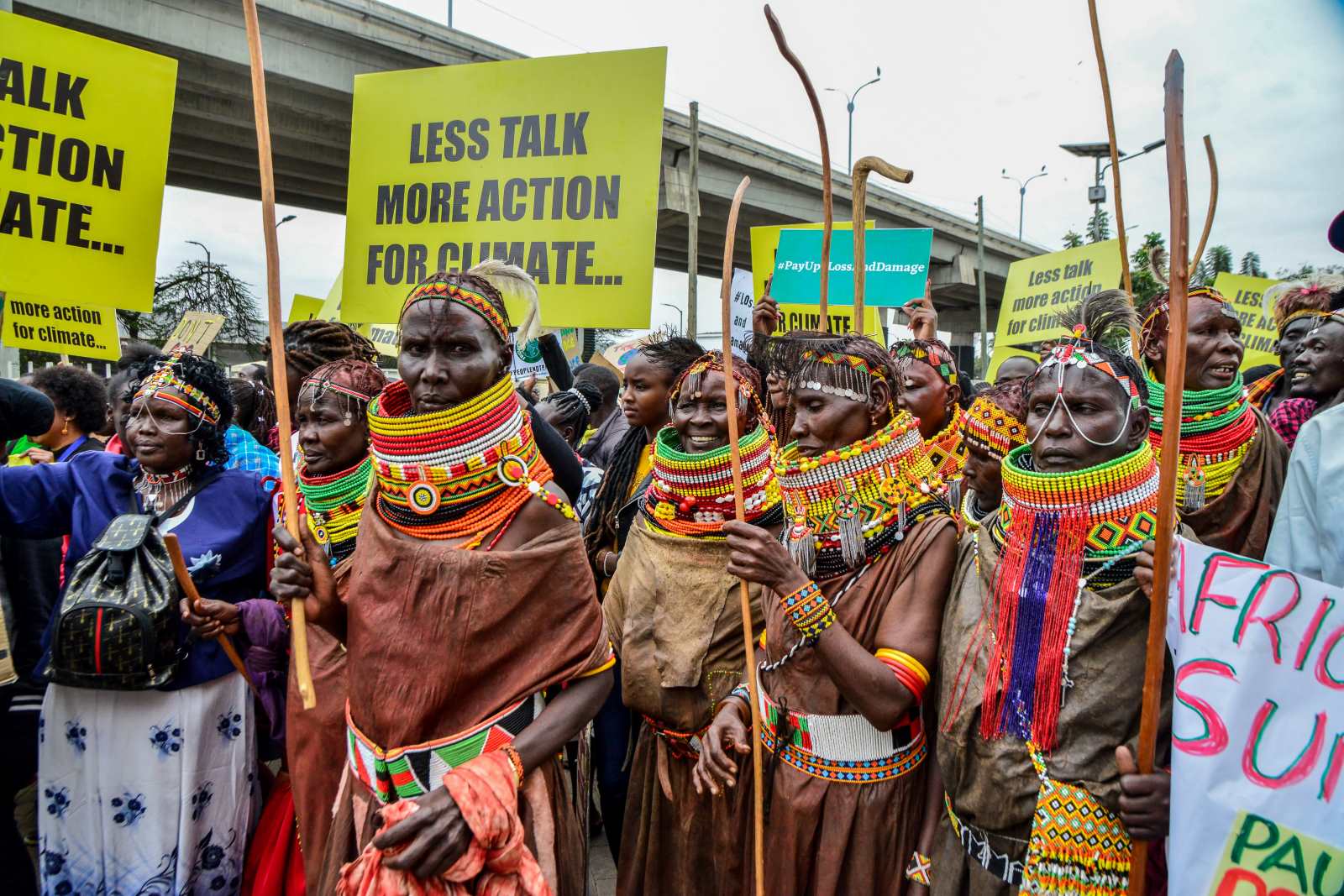Pakistan
Tourism boom in Baltistan
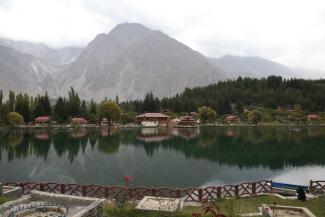
Baltistan, in Pakistan’s extreme north-east, has been attracting visitors since the 19th century. In addition to the world’s second-tallest mountain, the K2, the region also boasts lakes, picturesque villages and historical sites, including medieval fortresses and mosques, petroglyphs and paintings from the pre-Islamic era. In summer, the climate in the valleys is mild.
As part of the Kashmir region, which is disputed between Pakistan and India, Baltistan is extremely remote. There are tall mountain chains to the north, and the ceasefire line with the Indian part of Kashmir is located to the east and south. Only a single road to the west and, recently, regular flights connect Baltistan to the rest of Pakistan. As a result, the region is economically underdeveloped.
Until a few years ago, Baltistan was primarily sought out by foreign mountain climbers – a small group that aims to reach the glaciated regions as quickly as possible and spends little time in lower-lying areas.
That changed dramatically with the sharp increase in Pakistani tourists beginning in about 2020. Two crisis situations – the Covid-19 pandemic and the resulting high inflation – initially drove many wealthy Pakistanis to vacation in their own country. Social media fuelled the boom. Now, there are an entire series of “must sees” in what had been a rather neglected region.
Sociability and comfort
Domestic vacationers are looking for different experiences than mountain tourists. They are less interested in athletic ambition than in a sociable and comfortable vacation with friends and family. That includes hotel stays, trips to viewpoints and attractions, picnics and short walks – all reached by car and with good accommodations. Particularly wealthy visitors simply have an entire vacation house built for them. Correspondingly, this type of tourism is concentrated in inhabited valleys with existing infrastructure.
The lifestyle of the local people, the Balti, has always centred on agriculture that is adapted to the region’s particular climatic conditions. Because the valleys are arid, agriculture is only possible with irrigation. At the same time, the mountain streams are wild and unpredictable. For that reason, the Balti have developed an elaborate network of canals over the centuries. Each village has its own set of rules precisely adapted to its location, with varying “canal services”, irrigation times and water conveyance duties for each household and field plot. In order for this system to function, it is essential that all the participating people in the village cooperate.
Property prices are increasing
The new tourism industry is leading to new demands for resources. Land is desirable in particular in order to build hotels, restaurants and vacation homes – preferably in easily accessible places with good views. In some places in Baltistan, land prices have increased many times within a few years. Both local property owners and investors, who almost always come from other parts of the country, profit. Many locals also find work in the tourism industry; the rather modest wages are nevertheless progress for them. Local land buyers, however, are faced with fewer choices and higher prices.
A few tourist building projects are being constructed in traditional Balti architecture, including some vacation houses and the Serena Shigar Fort Hotel, which is housed in a renovated fort. Local craftspeople and planners can benefit from such projects. It remains to be seen, however, whether this architectural style will play a large role in future.
An unequal distribution of profits
The monetary profit from tourism will likely be very unevenly distributed in future too. Foreign entrepreneurs will probably siphon off the largest share; a smaller share will remain local in form of moderate to low incomes. This unequal economic distribution is both the norm in the tourism sector internationally as well as in the Pakistani economy in general. It is not fundamentally questioned in Baltistan or in the rest of the country.
The social and ecological downsides of the tourism boom in Baltistan are already beginning to emerge. If tourism continues to grow, the current irrigation systems will reach their limits. Tourism infrastructure will have different water demands than agriculture, but its owners or operators will no longer necessarily assume the current unpaid, but generally obligatory canal-maintenance duties. However, the cultivated landscape of the villages can only exist thanks to the daily work of a great many hands. Left to itself, the land would deteriorate into a desert-like wasteland within a few months.
Changes in land use have the potential to create conflict – for instance if, out of habit, herders want to drive their animals over land that is newly designated as hotel property. Already, tourists’ cars are clogging the centres of some villages. Currently the first hotels are also being built on attractive but unsuitable sites, for instance in flood zones or on slopes that could give way – a risky undertaking, including for the region’s reputation, if disaster should strike.
Social tensions
Moreover, the tourism boom is emphasising social inequalities – and creating new ones. When wealthy Pakistani tourists or investors visit Baltistan, they usually bring strongly hierarchical behaviours with them. The Balti, as comparatively poor farmers, are considered socially inferior to the outsiders. Thus, a much more socially fragmented culture is intruding into a less hierarchical village society. The Balti have largely accepted this so far, but occasional grumbling can be heard.
I myself experienced a striking example of this while on a visit to Baltistan in 2022: a tourist Jeep encountered a flock of sheep along with a shepherd on a one-lane road. The flock moved forward at its usual slow pace, which the visitors thought was too slow. They told their driver – a Balti – to drive faster, and as a result a sheep was killed. The shepherd demanded compensation, which the tourists were unwilling to pay for a long time – after all, they argued, the shepherd could have let them pass. The tourists were clearly unprepared to admit that the shepherd could have the same right to use the road as they did.
Despite such incidents, many Balti ultimately welcome the tourism boom because they appreciate the new income opportunities it brings to the mountainous region. In order to prevent possible negative impacts, state actors and civil-society organisations should use targeted training and further education initiatives to enable the Balti to become entrepreneurs in the tourism industry. Doing so would keep significantly more profit in the local economy than is currently the case. At the same time, it is important to quickly identify natural resources like springs, waterways, lakes and particularly fertile soil that are in need of protection. From there, socially and ecologically sustainable land use can be developed that would maintain local livelihoods for a long time – both for residents and tourists.
Felix Kugele has worked in Pakistan and Afghanistan for an international humanitarian organisation and knows Baltistan from numerous visits.
felixkugele@yahoo.com
